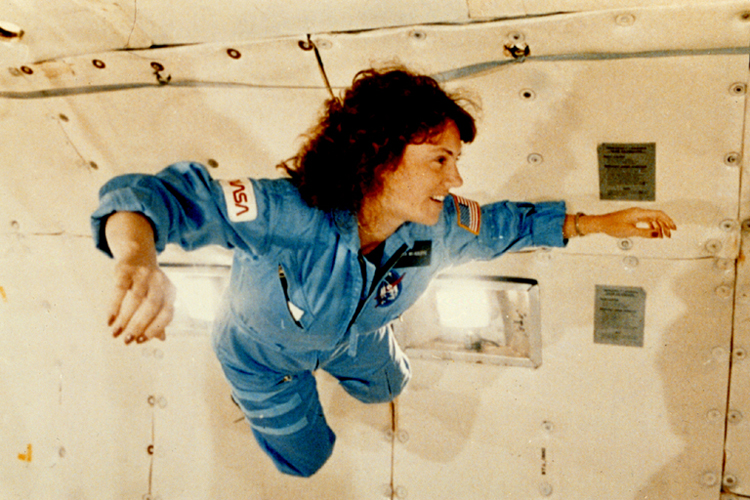

including our 3-Axis Accelerometer, aboard the vomit comet. also offers opportunities for tourists to take a ride. Jordon and George Irwin (Lamar University) flying on the KC-135, known as the Vomit Comet. If you're itching for a parabola flight yourself, Zero G Corp. Director Ron Howard leased the aircraft over six months to achieve the weightless shots viewers see in the film. Set designers created a spacecraft interior adapted to the inside of the airplane, then the cameras captured shots on film - in less than 30 seconds of acting at a time. This plane has been flying reduced gravity missions since 1994. In about two thirds of the passengers, these flights produce nausea due to airsickness, giving the plane its nickname vomit comet.

29 and will be retired at NASA's Johnson Space Center Oct. Officially the planes are known as Weightless Wonders, but after the ill effects that some people feel during the flight, the name Vomit Comet has stuck.
VOMIT COMET MOVIE
The actors of the movie "Apollo 13" - Tom Hanks, Kevin Bacon and Bill Paxton - were probably the most famous visitors on the KC-135A parabola flights in the 1990s. The latest of NASA's KC-135A aircraft, dubbed the Vomit Comet by the press, made its final microgravity flight Oct. Can you imagine going to your school or office and floating in air along with your desks, chairs and pencils Well that's what the astronauts experience when they take a flight on the KC-135 aircraft, affectionately known as the 'Vomit Comet.' Astronauts get a unique perspective of their environment during a zero gravity flight. Engineers from Trinity are among an elite team. The program is a good platform for students in particular, as the costs for these flights are far lower than flying an experiment on a space mission. Truth serum, zero-G and the Vomit Comet: the hunt for deep space flight solutions. Some researchers also use the flights as a chance to run experiments in weightlessness. But the origins of the Vomit Comet predate NASA. A typical flight will see two to three hours of plunging arcs, giving astronauts about 30 or 40 chances to experience weightlessness when the airplane drops to a lower altitude.


 0 kommentar(er)
0 kommentar(er)
